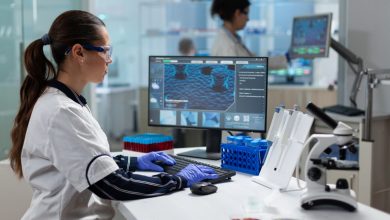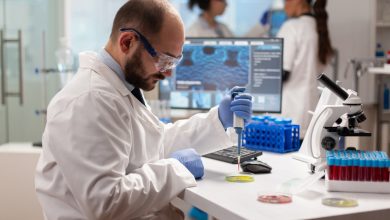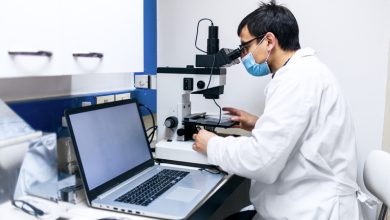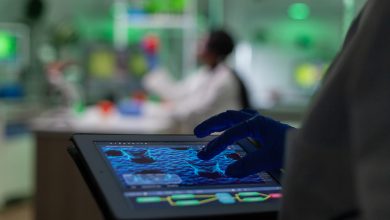NOVAS TECNOLOGIAS
Cientistas da Índia Raichur Agri usam nanotecnologia para tornar biodefensivo mais eficaz
Cientistas da Índia Raichur Agri usam nanotecnologia para tornar biodefensivo mais eficaz
The use of eco-friendly biocontrol agents as an alternative to chemical control is prevalent in some farming communities. A group of scientists have now shown that it is possible to substantially enhance the efficacy of such biocontrol agents by converting them into nanoparticles.
The bacterium Photorhabdus luminescens is used as a biocontrol agent against a wide range of crop pests, like mite, aphid and mealy bugs. Researchers at the University of Agricultural Sciences in Raichur, Karnataka, have converted the secretion of P. luminescens into nanoparticles and found that its efficacy improved significantly. The nanoparticulate form has been tested against two sucking pests of cotton – a mite, Tetranychus macfarlanei, and an aphid, Aphis gossypii.
The researchers reported their findings through a paper published in the journal Current Science on July 10. They wrote that a “high mortality coupled with quick action emphasises the potential of nanotechnology in enhancing the pathogenicity of a microbial pesticide.” They had also found that the nanoparticle form of the secretion was lethal to pests at concentrations upto a million times lower than its unprocessed form – a feature that could translate into crucial savings for farmers. The cellular secretions have been used as pesticide against a wide range of insects. The bacterium P. luminescens lives within the body of a genus of nematodes – or roundworms – called Heterorhabditis, in a symbiotic relationship with the worm. Its cellular secretions, in the form of an array of toxins and enzymes, have been used in defense agents against a wide range of insects thanks to their insecticidal properties. Some targets against which the chemicals are particularly effective include the sucking and chewing arthropod pests damaging agricultural crops. Once the secretion is extracted, it is incorporated into a solution that farmers then spray on their crops.
Notably, the solutions are not as potent as synthetically manufactured chemicals – but could now be with the nanoparticle option in the picture. “We have proved that it is possible to substantially enhance the efficacy of biodefense agents. We need to conduct more studies to figure what is the best form in which it could be delivered to the users: whether it should be as a powder or a solution or in some other form,” said A. Prabhuraj, one of the scientists involved in the study. He and his team converted the secretions into nanoparticles using a multi-stage process involving culturing, processing with a centrifuge, ultrasonic-assisted atomising and finally a hot air-assisted vacuum process. The final output was in the form of a fine dry powder.
Agropages, 06/07/2017




